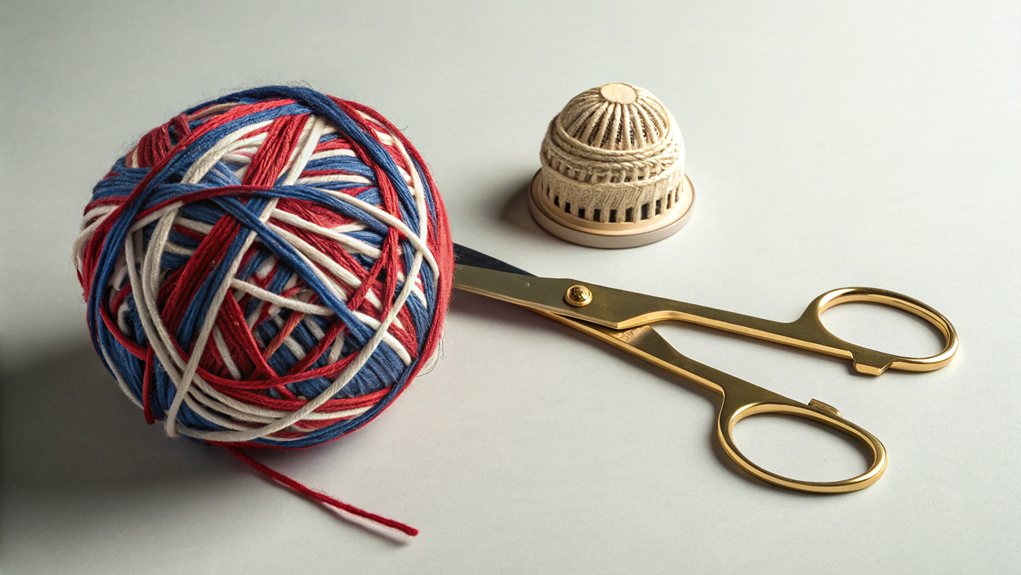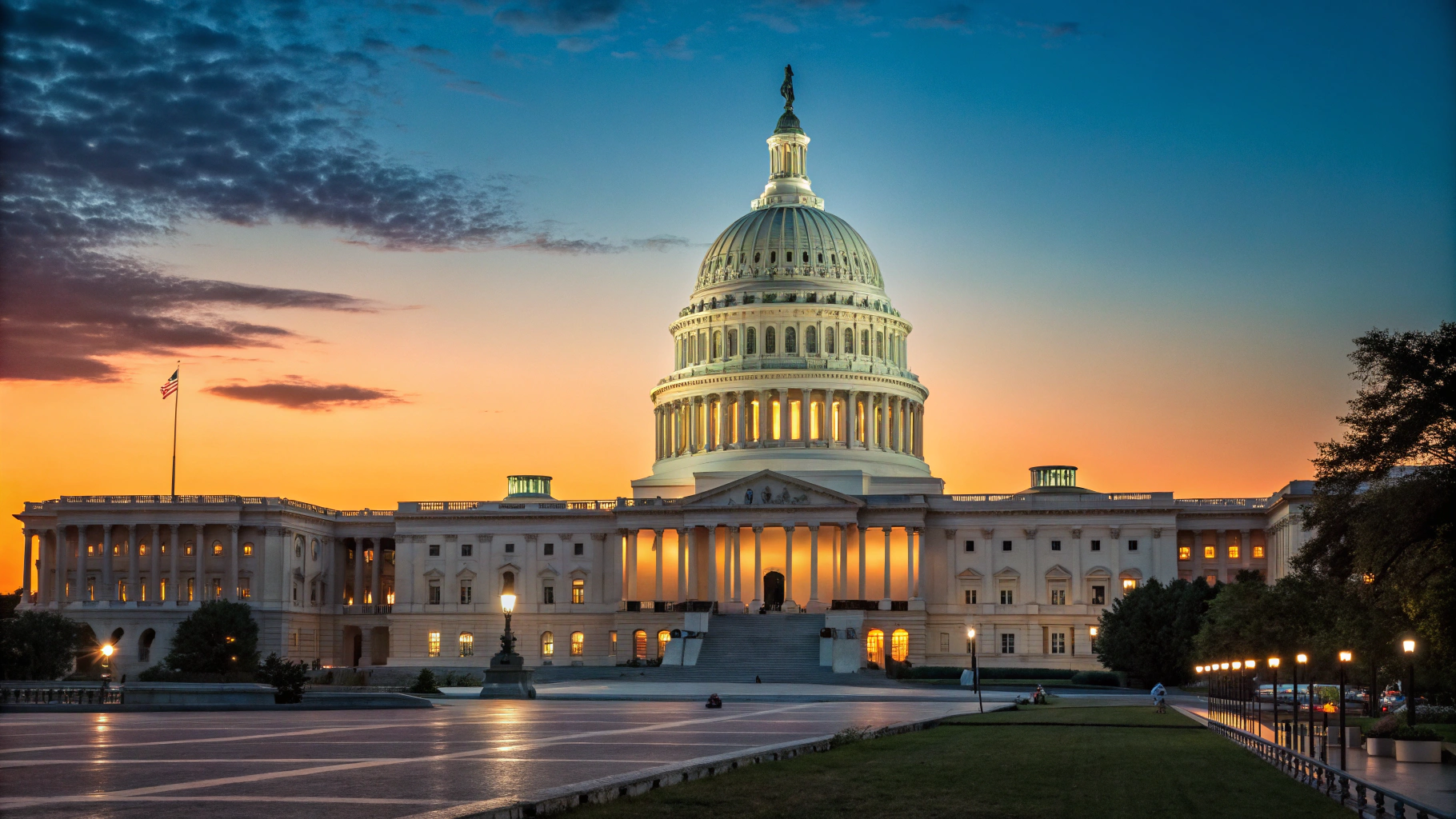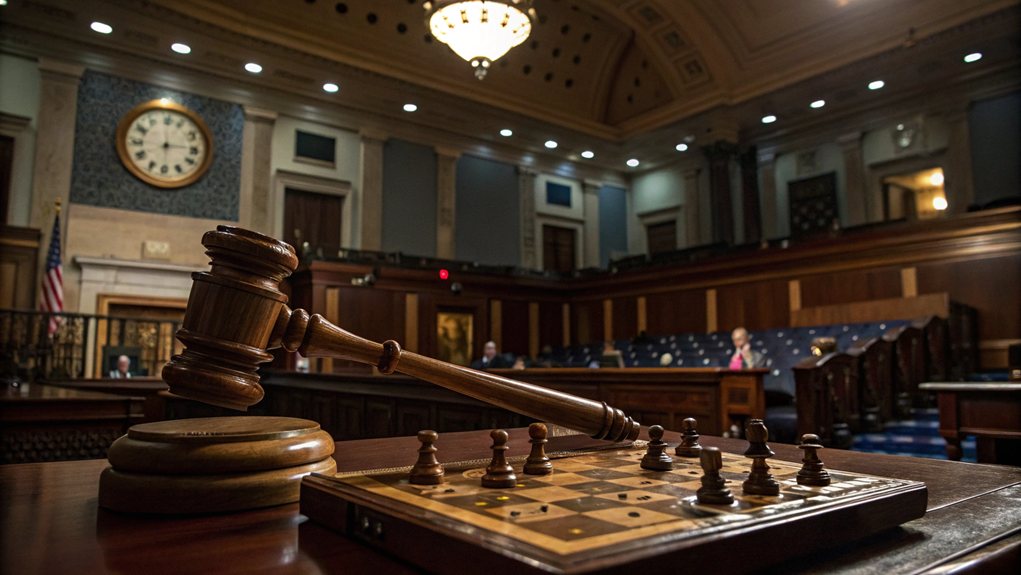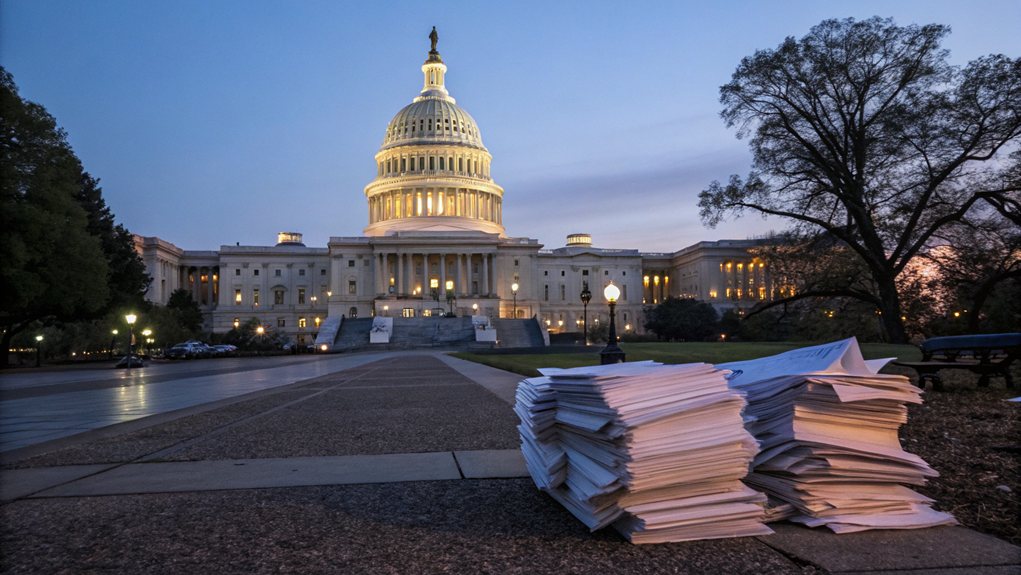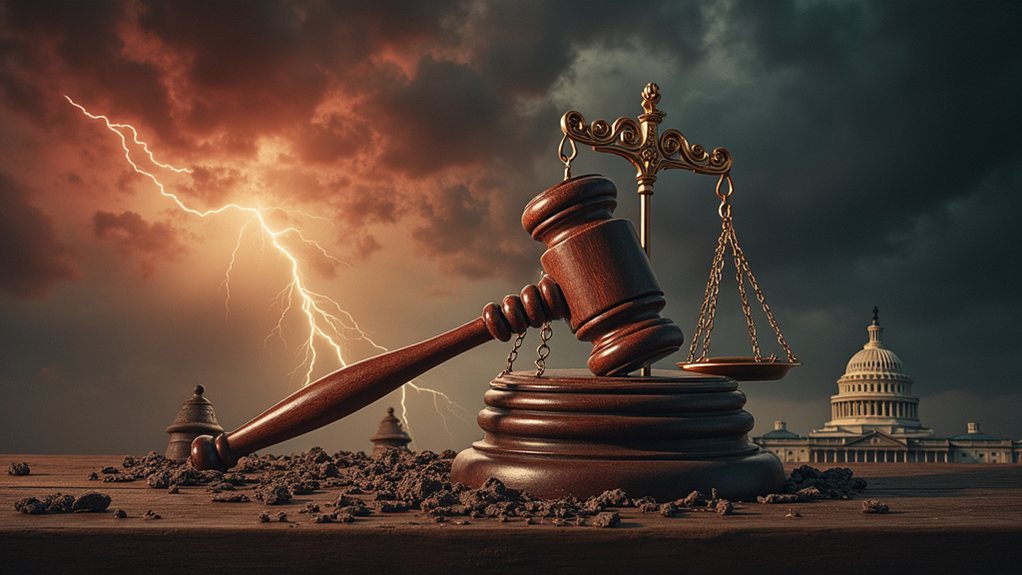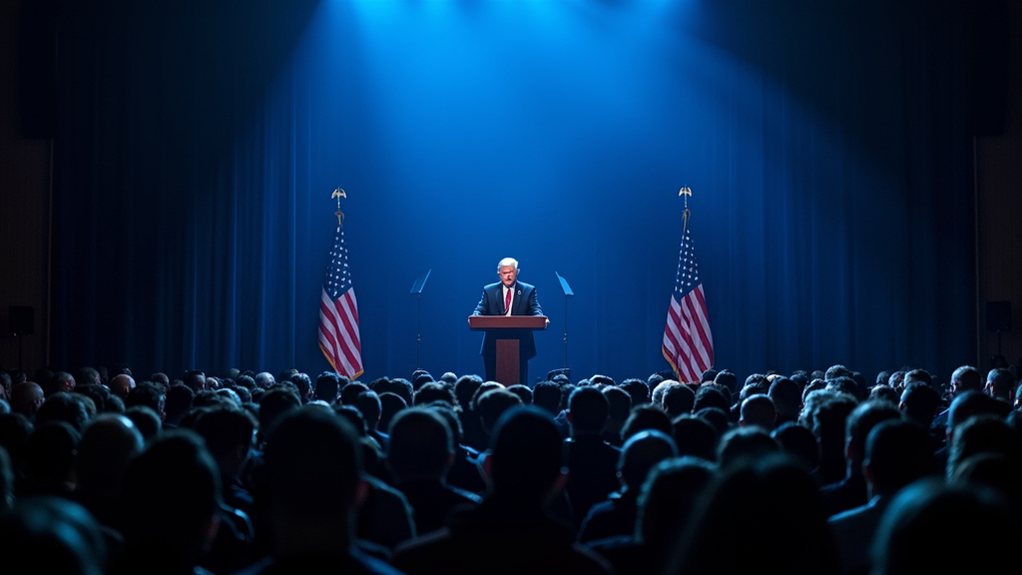The filibuster lets senators yammer on endlessly to stall votes—think of it as a legislative roadblock. It's a tool for the minority to make some noise. On the flip side, cloture is the method to end the endless chatter, requiring 60 votes to cut off debate and move forward. It's the Senate's way of saying, "Enough already!" So, while one promotes debate, the other enforces action. Curious what else is behind these wild Senate antics? Stick around.

In the chaotic world of American politics, the filibuster stands as a peculiar beast. It's a tool of obstruction, a way to throw a wrench in the legislative gears. The essence of filibustering? It's all about delaying or blocking a vote. Senators can stretch debates, propose endless amendments, or engage in other procedural gymnastics. The goal? To make sure nothing gets through without a fight. This tradition has roots going back to the early 19th century, yet it's still kicking today, often with no real rules to tether it.
The filibuster is a crafty tool of obstruction, designed to delay votes and ensure legislative battles are hard-fought.
Enter cloture, the Senate's way to combat this madness. Cloture is like the referee in a game that's gone off the rails. It's a process that ends the debate, bringing a matter to a vote, but it's not easy. It requires a supermajority—60 votes to be precise—for most legislation. Cloture's supermajority requirement is essential for maintaining a balance between debate and decision-making in the Senate. Need to invoke cloture? That starts with a motion signed by 16 senators, and then there's a two-day waiting period. You can feel the tension building, can't you? The current cloture rule requires three-fifths (60 votes) for adoption, which has significantly altered the dynamics of judicial nominations. Cloture is essential for ensuring that legislation can eventually be voted on despite potential filibusters.
Filibusters can be messy. Picture senators droning on for hours, all to stall progress. Cloture, on the other hand, is increasingly used to manage the Senate's business, even when no one is actively filibustering. It's like a safety valve for a pressure cooker. There's a fine line between a filibuster and a normal debate, and sometimes determining which is which feels like a judgment call more than anything else.
Historically, the first cloture rule emerged in 1917, but it's evolved since then. Now, certain nominations can dodge the filibuster altogether, thanks to changes in 2013 and 2017. The Senate's Rule XXII lays down the law on cloture, limiting debate to 30 hours post-cloture. Yet, budget reconciliation bills? Those can't be touched by a filibuster.
Frequently Asked Questions
How Did the Filibuster Originate in the U.S. Senate?
The filibuster? It's a quirky Senate invention, not even part of the original plan.
It all began in 1789 when rules didn't allow debate to end. Thanks, Aaron Burr, for ditching that "previous question" motion in 1805, which opened the floodgates.
By the mid-19th century, filibusters became the go-to tactic for delaying legislation.
Can the Filibuster Be Eliminated Entirely?
Can the filibuster be wiped off the Senate map? Sure, but it's not a walk in the park. Changing Senate Rule 22 takes a hefty two-thirds majority. Good luck with that!
History shows it's been tweaked, but total elimination? Rare. Some folks say it stifles progress, while others think it's a necessary evil.
What Are the Historical Impacts of the Filibuster?
The historical impacts of the filibuster are pretty significant.
It's been a tool for obstruction, stalling civil rights legislation like a pro. Remember Strom Thurmond? He practically set a world record for wasting time.
Filibusters have shaped political landscapes, allowing minorities to flex their muscles—sometimes for good, often for bad.
It's a mixed bag of power struggles, all wrapped up in a nice, frustrating package. A real game changer, for better or worse.
How Often Is Cloture Invoked in Congress?
Cloture is like the Senate's version of a panic button. It's invoked when things get too chaotic, trying to end endless debate.
Historically, it's been used more often lately, especially for nominations. But success rates? They've taken a nosedive in recent years.
It's a mixed bag. Sometimes it works, sometimes it doesn't—like flipping a coin.
And let's be real, Congress loves the drama way too much to make it easy.
Do All States Support the Filibuster?
Not all states are on the filibuster bandwagon. Some, like South Carolina, say yes to requiring a supermajority to wrap up debate.
Others? They're not so keen. It's like a legislative buffet—some states have it, while others are just plain missing out.
This variation leads to different rules and procedures, and let's be honest, it can really complicate things.
